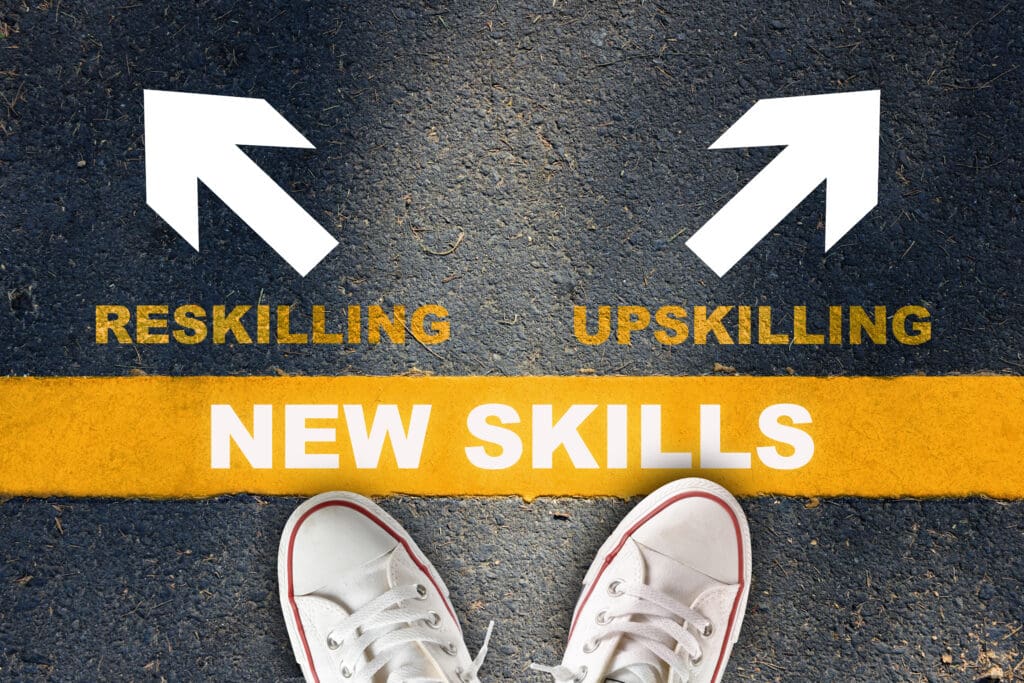
By Jenny Dearborn
Knowledge has always been power. But in today’s competitive work environment, new research shows that companies aren’t placing enough emphasis on acquiring and retaining new skills.
Consider the latest results from SAP’s Workforce 2020, a study recently completed with Oxford Economics. After looking at responses from 5,400 global participants, lessons about learning programs were revealed:
• Roughly half (52 percent) of executives say their company is capable of retaining, updating, and sharing institutional knowledge, and 47 say their company has a culture of continuous learning.
• Only half say they have a mentoring program, and even fewer -41 percent -say they offer incentives for pursuing higher education.
• Less than 40 percent of executives say they offer formal programs such as job rotation and shadowing.
• Only 41 percent of employees say their company offers them opportunities to expand their skill sets, and just over one-fifth of employees say self-directed learning is important to their employers.
• Twenty-three percent of executives say their company widely offers education as a benefit to keep employees loyal and engaged.
• Only 45 percent of executives say the changing nature of employment will require increased investment in training.
• Companies with higher-than-average profit margins are more likely to offer supplemental training programs (57 percent) than companies with below- average profit margins (51 percent).
Organizations need to offer the proper resources in order to grow the workforce to fill future business needs. It falls on HR to bridge the learning gap and encourage a culture where everyone is both a student and a teacher.
So, what is a learning culture? Let’s start with what it’s not: It’s not just a new mission statement or a new training methodology. But it is a combination of everything that affects how individuals within a company learn new information and put it to work -and how they’re motivated to want to do so in the first place.
An important effect of a learning culture is retention. After we successfully overhauled the learning culture at SuccessFactors in 2012, we saw attrition rate among new sales reps drop from 18 percent to 3 percent in just one year.
In addition to clear communication, building trust, and creating champions, there are three elements for building a learning culture that stand out:
• Leadership buy-in. Without this, organizations will not get far. New processes come and go, but employees take their direction from the top. If risk- taking and honest reflection aren’t valued, interest in trying new things drops. And leaders need to reach out to more than just the usual suspects and listen to stakeholders from across the organization.
• Post-game analysis. Project post-mortems are only as successful as you let them be. Establish a process that allows for honest reflection, not finger-pointing, and stick to it. Learn from your mistakes as well as your successes -and acknowledge that sometimes you can do everything right and the results still won’t be what you hoped for. Above all, be transparent and share what you’ve learned.
• Don’t forget why you’re doing this. Building a learning culture takes time, and so you may not be able to tie every aspect of it to this quarter’s KPIs. But keep your company’s (or department’s, or team’s) performance goals in mind. Improving information flow may be more important if you’re trying to grow productivity, for example, while a team focused on new product development may benefit from more frequent post-mortems.
Changing an entire culture doesn’t happen overnight. But it’s clear that there’s a strong desire from both executives and employees to place more emphasis on acquiring new skills. As HR professionals, we must be the catalysts to lead this change. Learning is one of
the few initiatives that everyone must care about – encouraging growth through learning in your company not only builds skills, but revenue as well.
Jenny Dearborn is chief learning officer of SAP.














